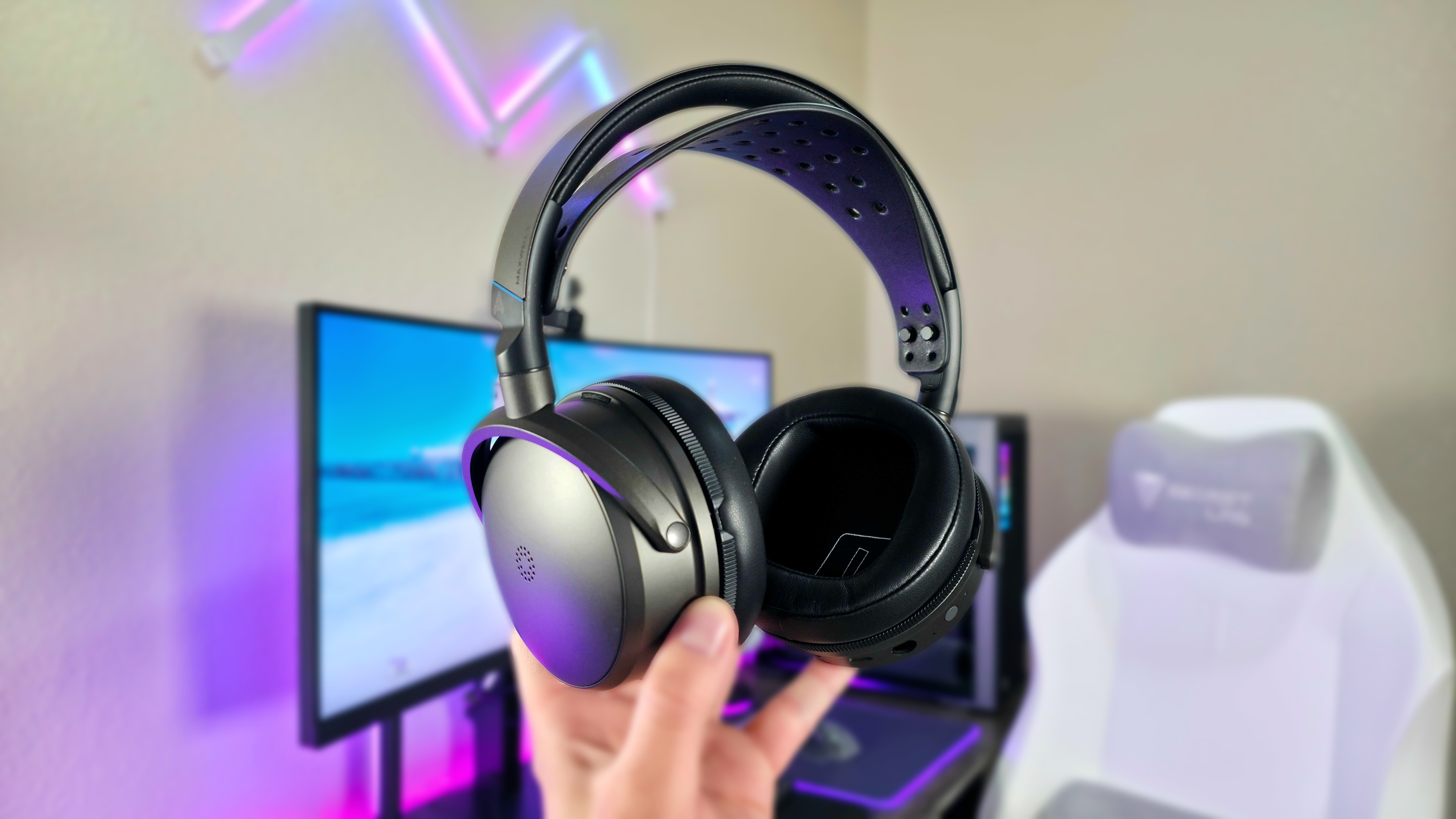I finally believe in the dream of Xbox Cloud Gaming
Over three years after its inception, I finally believe in Microsoft's vision for the future of mobile gaming.
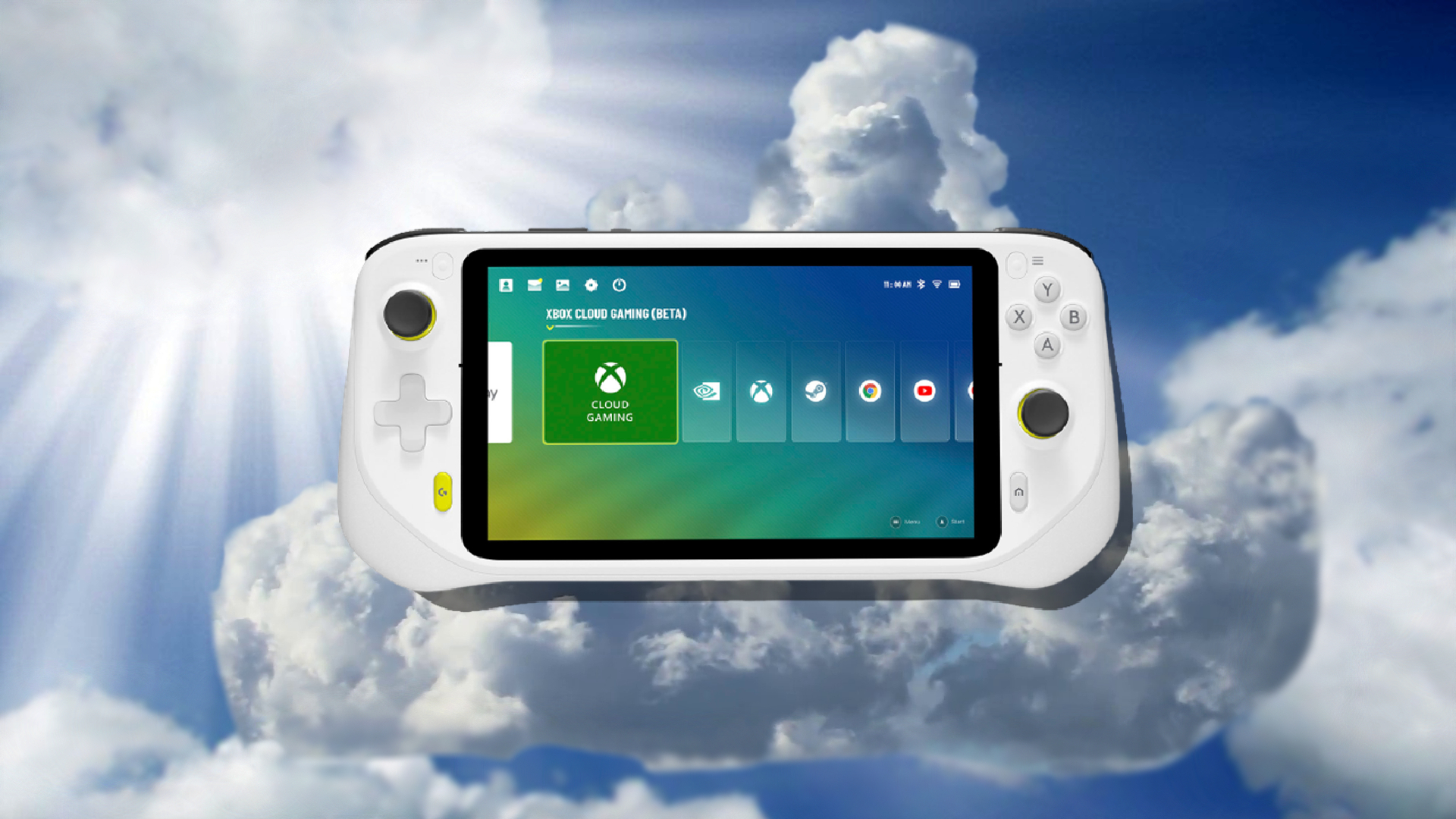
Recent years have seen a surge in cloud gaming solutions, aiming to bring full-fledged console and PC video games to more players, wherever they are or however they play. One of the most prominent players in this nascent market has been Xbox, with its aptly named Xbox Cloud Gaming. Despite its innovative tech and exciting premise, the service has historically failed to capture my attention long-term.
Xbox Cloud Gaming first debuted as Project xCloud in late 2019, and since then has expanded and evolved to an incredible degree with new features and more functional apps, more platform support, a constantly growing library of games, and vastly improved latency and performance. Though it has taken over three years for Xbox Cloud Gaming to really win me over, dedicated hardware and the culmination of all these advancements have finally made me believe in the dream of Xbox Cloud Gaming — and now it's a part of my everyday gaming life.
An apathetic attitude toward cloud gaming
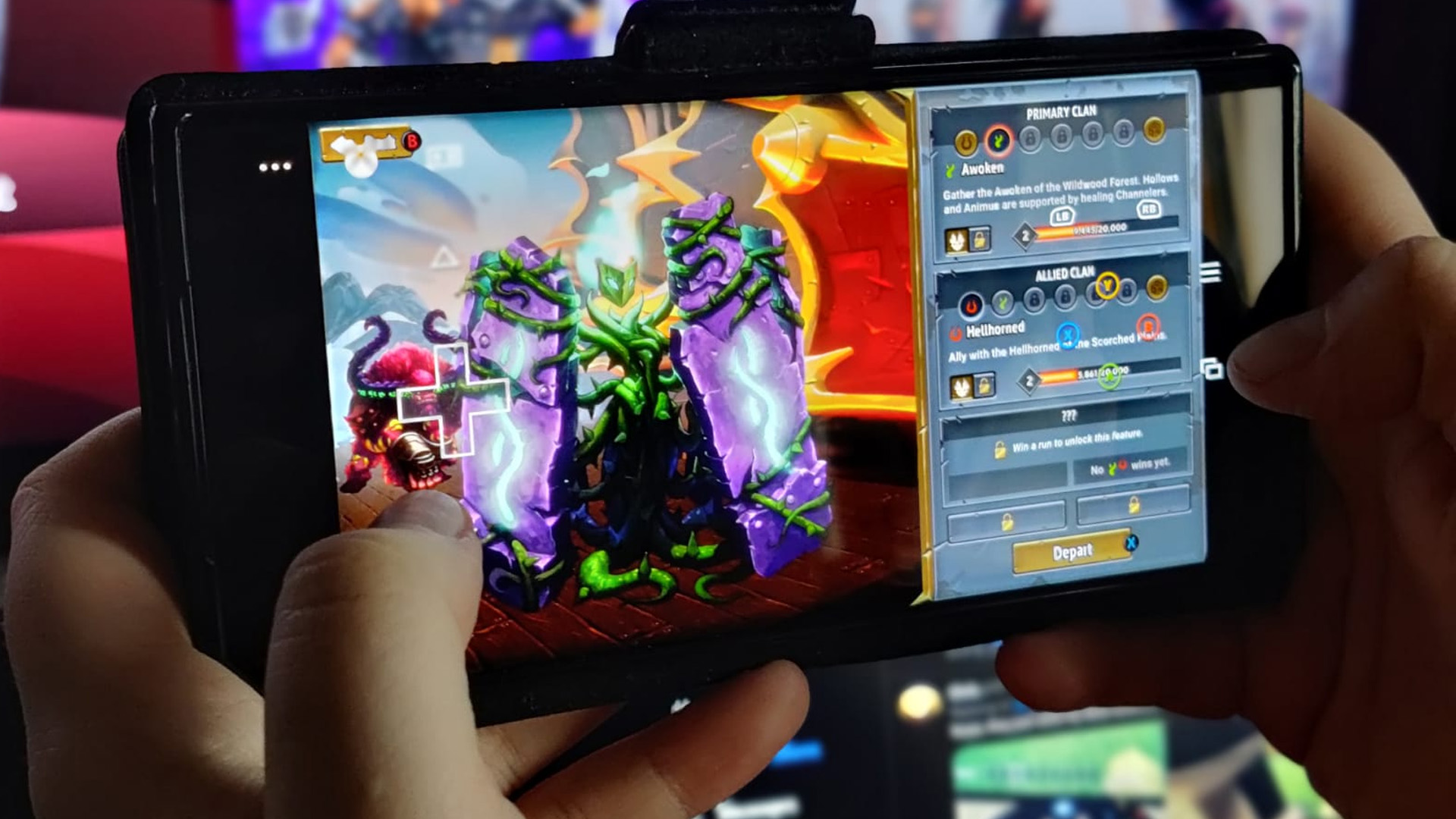
On paper, cloud gaming seems the perfect way to make video games more accessible and convenient for players. Granting access to a massive roster of high-quality games on your device via a simple internet connection sounds too good to be true — and, for some time, it was too good to be true for many people.
Cloud gaming has taken time to propagate to a significant number of platforms to meet players where they are, and it's still heavily dependent on how good your internet connection is. Public Wi-Fi will rarely be up to the task of handling cloud gaming, and even many people's home Wi-Fi is barely adequate to deliver a consistent experience. This isn't Microsoft's fault, of course. However, Xbox Cloud Gaming was still behind competitors regarding streaming efficiency, with other services like Stadia able to deliver lower latency and higher quality with comparable internet connections.
Xbox Cloud Gaming has come a long ways since its beginnings.
In 2022, things have massively improved, with Microsoft continuing to evolve its Xbox Cloud Gaming service. Moving Xbox Cloud Gaming's server hardware to Xbox Series X-powered blades meant greater graphical quality, improved performance, and a better experience. It also meant that the service could now stream Xbox Series X|S-exclusive games like Microsoft Flight Simulator and that Xbox One owners could use cloud gaming to play current-gen games their older console could no longer handle.
Xbox Cloud Gaming is also available in more places, too. Android smartphones and tablets, and Windows PCs, get well-featured dedicated apps; a fantastic browser-based progressive web app means Xbox Cloud Gaming can run on almost anything with a modern browser like Microsoft Edge (including iOS devices); even smart TVs are now getting Xbox Cloud Gaming integration, which convinced Windows Central's Sean Endicott to put his Xbox into storage.
Microsoft's industry-leading cloud gaming touch controls mean that a considerable number of Xbox Cloud Gaming titles can be played entirely via the touch screen on your smartphone, letting you leave your controller or dedicated cloud gaming mobile controller at home.
All the latest news, reviews, and guides for Windows and Xbox diehards.
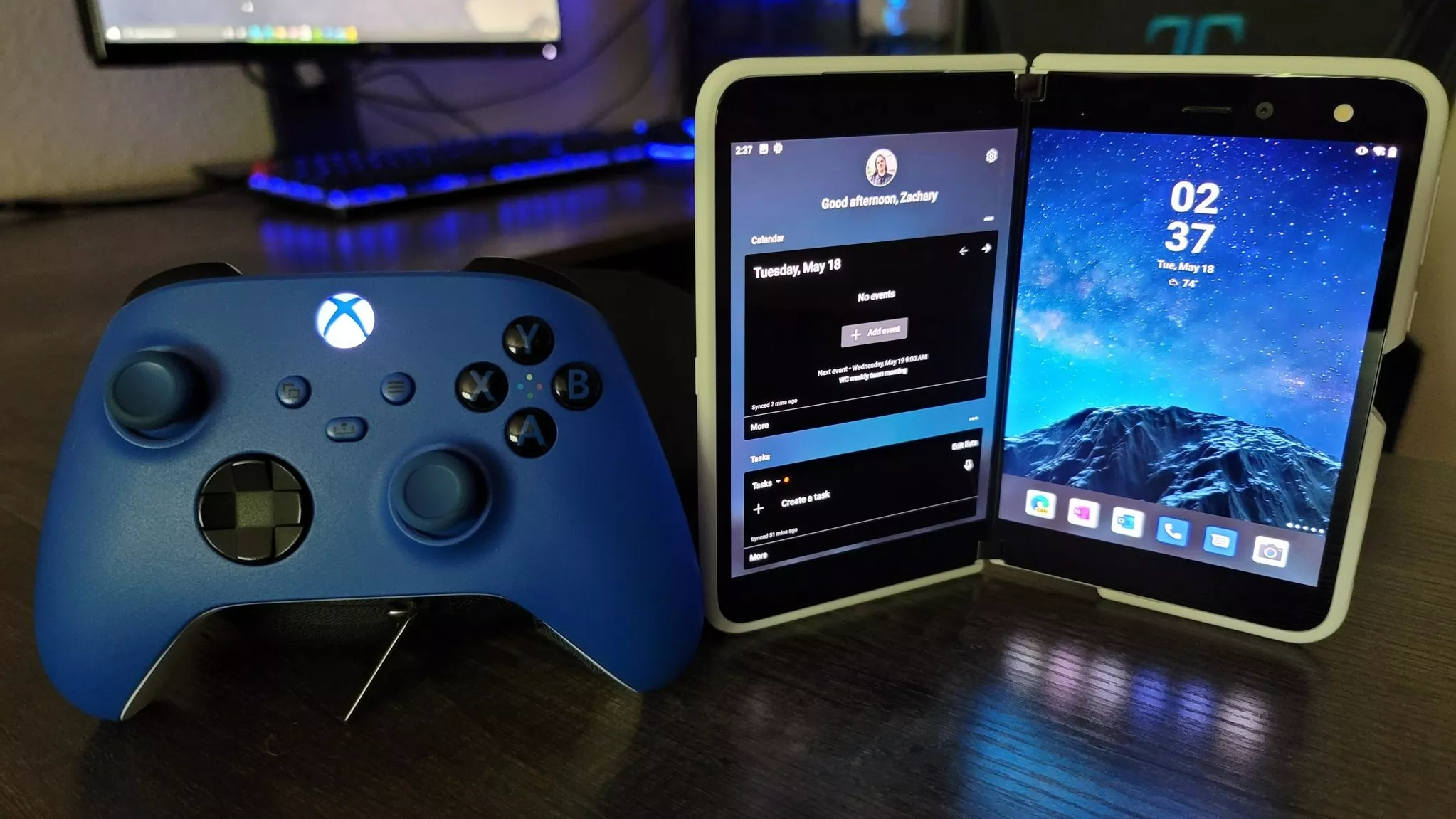
Despite all this, Xbox Cloud Gaming has consistently failed to become a regular part of my gaming habits. I have covered Xbox Cloud Gaming extensively since the days it was called Project xCloud, and I have used it on a variety of devices, including the Samsung Galaxy Note 20 Ultra, Samsung Galaxy Z Fold4, and even the Surface Duo — which feels like an almost perfect match for Xbox Cloud Gaming. After my initial experiences, though, I've always left the Xbox Cloud Gaming app untouched on my phone and relied on my Xbox Series X and Nintendo Switch to get my gaming fix.
No matter how convenient Xbox Cloud Gaming claimed to be, it never felt particularly seamless to use it on my phone. Integrated touch controls are a fantastic option for players. Still, they will never be as tactile or reactive as a dedicated controller — and I don't particularly appreciate smudging up my screen with fingerprints. Lugging around a dedicated controller felt like an extra step that, even if I remembered to do it, was often enough of a deterrent in setting up to prevent me from using Xbox Cloud Gaming. Cloud gaming is also a killer on any smartphone's battery. Watching my phone rapidly die before my eyes just because I want to play some Monster Sanctuary isn't comforting.
At the end of all this, the inconsistency of Xbox Cloud Gaming in the past, with its screen tearing, periods of intermittent connection, and inconsistent latency, meant I never really had fun. If I'm out and about and am desperate for entertainment, scrolling through TikTok or playing a few games of Solitaire feels far more appealing than a session of Xbox Cloud Gaming. I have my Xbox Series X, Nintendo Switch, and a custom gaming PC at home to cover all my video gaming desires. Where is Xbox Cloud Gaming supposed to fit?
Getting the right hardware for the job
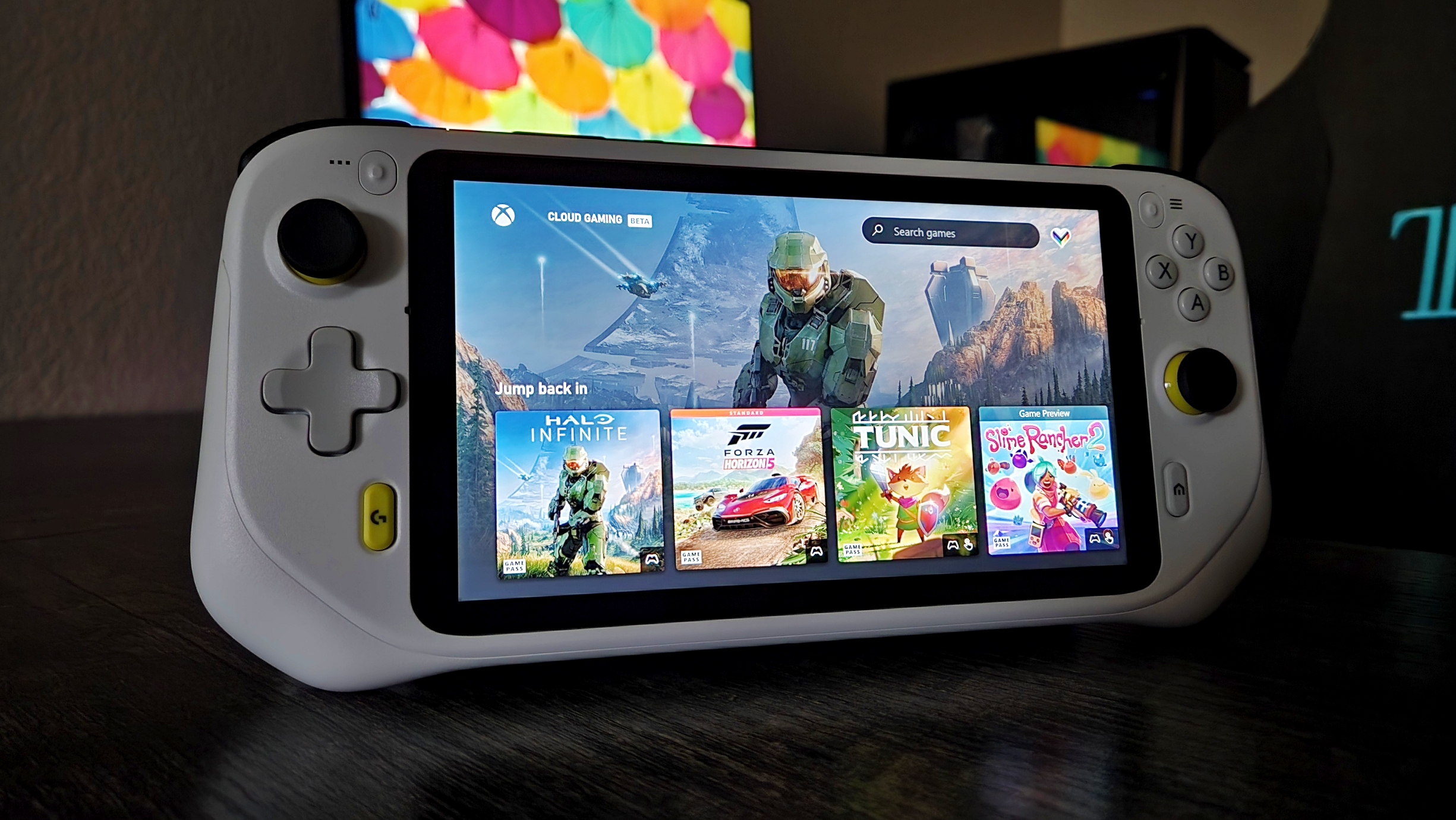
I was intrigued when I was offered the opportunity to review the Logitech G Cloud for Windows Central. An Android-powered handheld gaming console designed from the ground up for Xbox Cloud Gaming? I admittedly wasn't confident that this was a device anyone would want or need, given the existence of other handheld consoles like the Nintendo Switch and Steam Deck, but Logitech made a point of proving me wrong with the G Cloud.
Don't get me wrong — the Logitech G Cloud is far from perfect. Android doesn't know what to do on a handheld console with an integrated controller, and native Android gaming is incredibly inconsistent. No hardware could ever entirely eliminate the weaknesses of cloud gaming, either, and the G Cloud is no exception. Even so, I've fallen quietly in love with the G Cloud because of Xbox Cloud Gaming, revealing that I was simply waiting for the proper hardware to marry to my desires for Microsoft's cloud-centric gaming service.
Using a device truly made for Xbox Cloud Gaming finally made me believe.
The Logitech G Cloud is supremely comfortable to use for long periods, has excellent controls that pair perfectly with any of the titles offered through Xbox Cloud Gaming, and boasts stellar battery life that ensures I never have to worry about running out of juice. More importantly, it also saves my phone from smudges, the battery drain, and taking on a task for which it's simply not designed. No accessory or service can make a squared glass sandwich the best gaming experience, and the Logitech G Cloud is proof of that.
Having a device that feels as if it's truly made for Xbox Cloud Gaming has finally convinced me that Xbox Cloud Gaming is not only worthy of continued investment and all the hype that comes with it, but it's already good enough to become a part of my everyday life.
Making Xbox Cloud Gaming a part of my everyday life
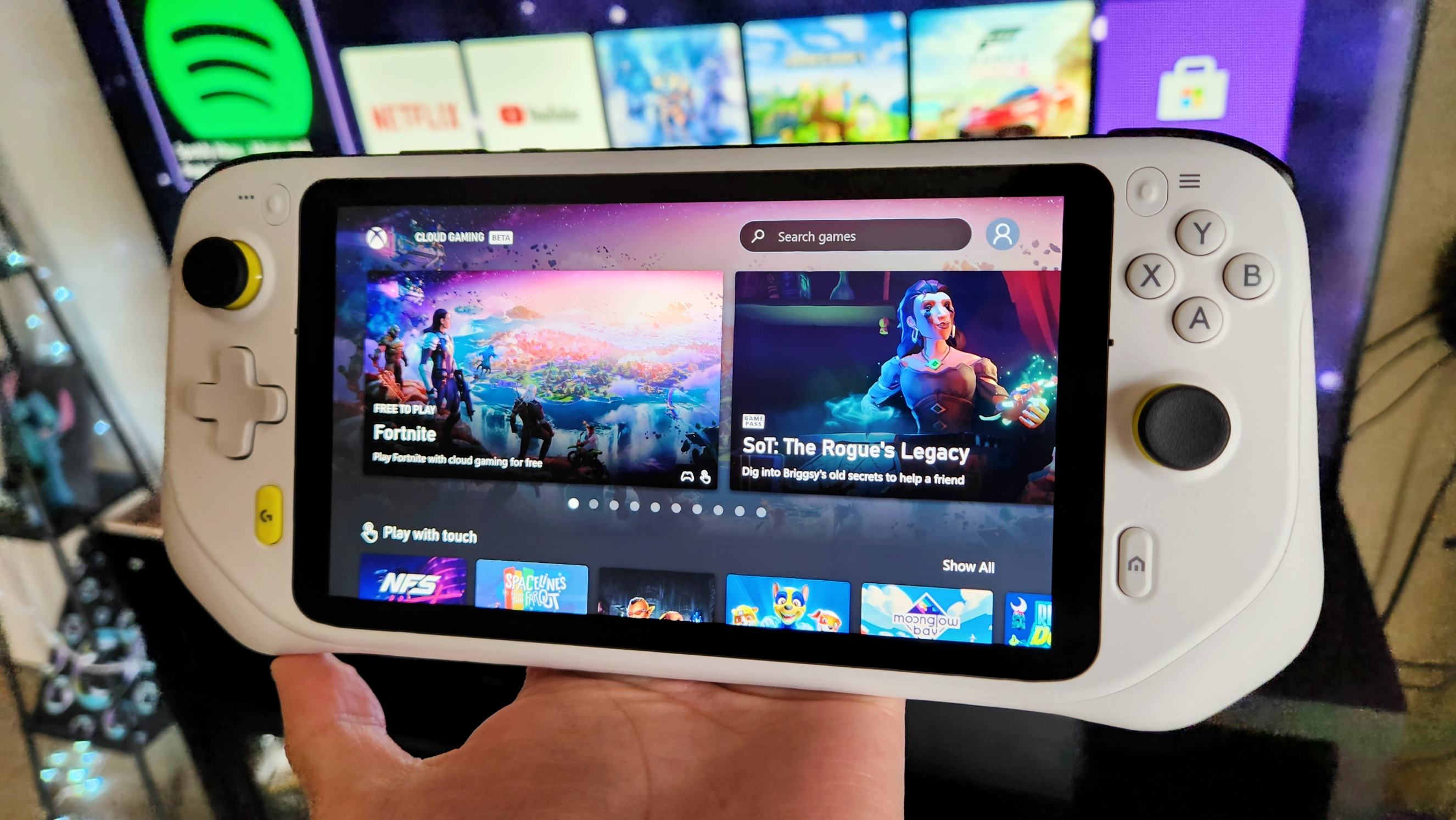
Since the Logitech G Cloud has landed on my desk, I have used it to 100% of the remaining Achievements I had in Vampire Survivors, played some Halo Infinite multiplayer, enjoyed hours of Minecraft with my daughter, got into classic video games emulation, and realized that there are some truly incredible games on the Google Play Store like DOOM, Star Wars: Knights of the Old Republic, and Stardew Valley.
Following my review, I have been using the G Cloud to play TUNIC, the critically-acclaimed puzzle-adventure game that has languished on my backlog for far too long. Xbox Cloud Gaming allows me to play titles like TUNIC with absolutely zero issues anytime I want. Even if my daughter or best friend uses my Xbox Series X, I can lounge on the couch with the G Cloud and be happy dashing around and slashing enemies as a tiny fox. When I'm winding down for bed, and the TV is turned off, the G Cloud is a perfect bedroom companion, letting me complete an area or two before I head off to the world of dreams.
The experience has been lovely, too. Even in my bedroom and hooked to a less-than-ideal 2.4GHz Wi-Fi connection, I have never experienced noticeable latency or lag in TUNIC. There have been some brief moments of screen tearing affecting the visuals, but it hasn't stopped me from whooping the Garden Knight's butt (after a few tries, I admit). I plan to complete TUNIC entirely on the Logitech G Cloud using Xbox Cloud Gaming because of how great and convenient my experience has been. When I'm done, I will play OCTOPATH TRAVELER on the G Cloud next.
The Logitech G Cloud lets me play Xbox games anytime and anywhere I want.
My Xbox Series X hasn't fallen by the wayside, either. I just finished the lovely Life is Strange: True Colors "Wavelengths" DLC, I've been playing a ton of Halo Infinite multiplayer, and I'm excited to jump into RESIDENT EVIL 3 (2020) finally. But these are all games I want to sit down and play for at least an hour or more. They greatly benefit from the best visuals and performance offered by my Series X. Xbox Cloud Gaming is perfect for the vast list of indie games I'm desperate to play that look and play great on a smaller screen. The G Cloud makes it far too easy to jump in for 15 minutes or however long I want to play.
Is this worth the $349.99 price tag slapped onto the Logitech G Cloud? Mm, probably not. I wasn't having any issues relying entirely on my Xbox Series X in the past, and Logitech's debut handheld console is, as I mentioned before, an imperfect machine. Still, it has accomplished the impossible in making me truly believe in Xbox Cloud Gaming, and I'm thrilled to be able to play my favorite Xbox games whenever and wherever I want without much compromise. I'm excited to see the world of cloud gaming continue to improve, and I hope to see more devices like the G Cloud (and the upcoming Razer Edge) arrive that will convince others of the value of an Xbox console in the cloud.
Interested in picking up the Logitech G Cloud right now? It's regularly on sale for $299.99 or even lower at multiple retailers and should expand to more regions other than the USA in the coming year.
Considering the future of Xbox Cloud Gaming
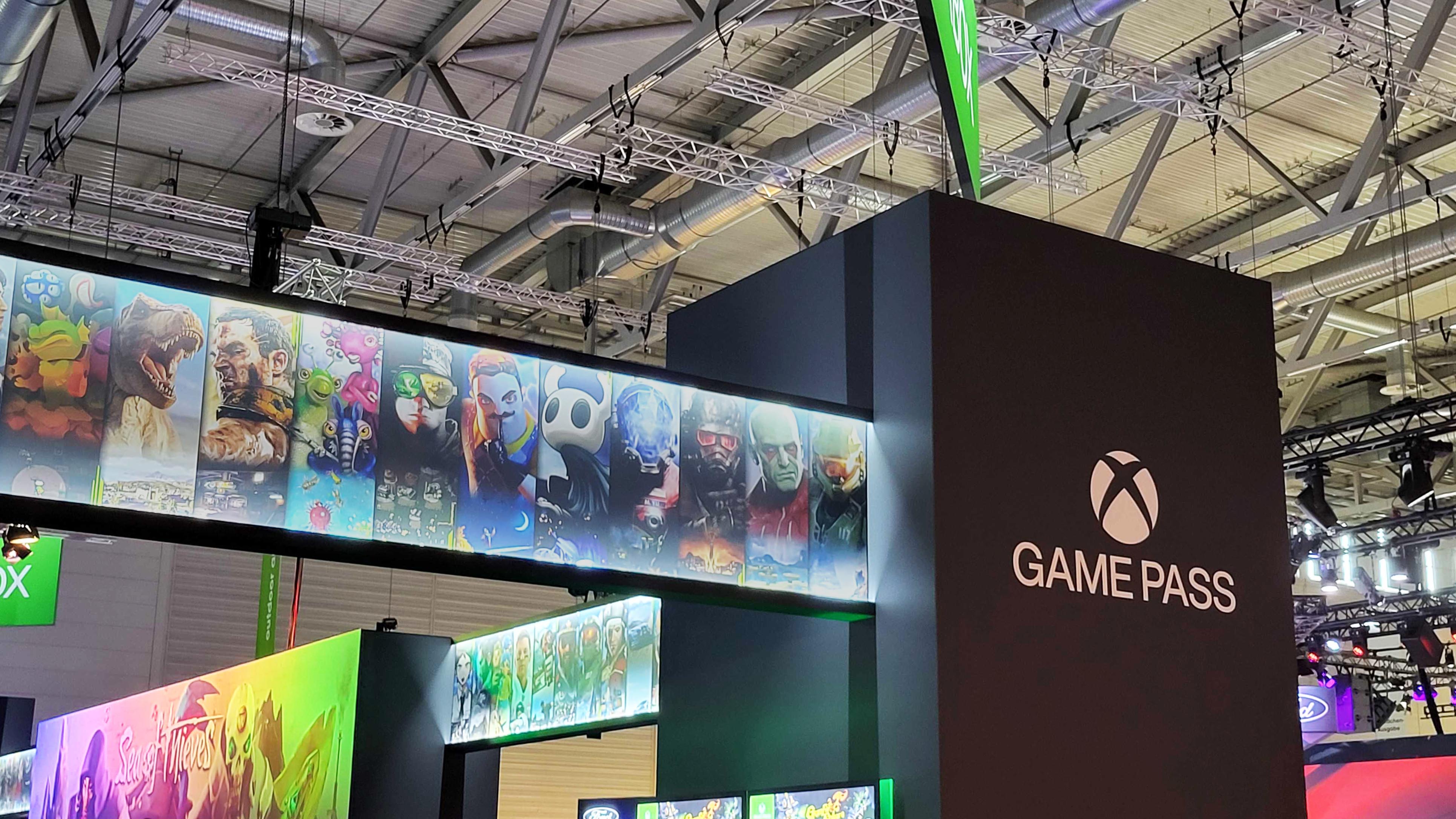
Now that I'm officially onboard the Xbox Cloud Gaming hype train, what would I like to see from the service? I plan to write more soon about what I'd like to see from the burgeoning market of Android-powered handheld consoles that tie into Microsoft's game streaming service, but Xbox Cloud Gaming itself has plenty of room to improve over time. Here are three things I want to see:
Wider Xbox Game Pass Friends & Family plan availability
Xbox Game Pass is an incredible service, and its Ultimate counterpart offers unparalleled value by bundling Xbox Game Pass, PC Game Pass, Xbox Live Gold, and (of course) Xbox Cloud Gaming. However, the cost of purchasing Xbox Game Pass Ultimate for multiple people can quickly add up. I'd like to see Microsoft's experimental Xbox Game Pass Friends & Family plan expand to more regions worldwide.
The family plan would grant up to five users access to Xbox Game Pass Ultimate and all its accompanying perks, making Xbox Cloud Gaming an even more accessible way to play Xbox games. Having an available family plan would make devices like the Logitech G Cloud a great alternative to purchasing an entire Xbox console and TV set up for children, for example, as kids would be able to have their own Xbox account without taking away gaming access on the main console. I currently pay for two Xbox Game Pass Ultimate plans, but a family plan would allow me to include my daughter at no additional cost.
Play games you own, or buy games to keep
The Xbox Cloud Gaming library hails entirely from the Xbox Game Pass library. This means you have an incredible selection of excellent games across dozens of genres, with more always arriving. Almost every new Xbox Game Pass addition is available through Xbox Cloud Gaming, which is fantastic. However, games that leave Xbox Game Pass also leave Xbox Cloud Gaming, leaving you no way to continue playing those games on the cloud.
If I begin to play OCTOPATH TRAVELER on my Logitech G Cloud, for example, and the game leaves Xbox Game Pass halfway through my playthrough, I won't be able to play it on my G Cloud anymore. Even if I buy the game and add it to my Xbox library, I'll only be able to play it on my Xbox or stream it from my Xbox to other devices (which, obviously, uses my Xbox and renders it unable to do anything else). Microsoft is reportedly aiming to resolve this massive weakness for Xbox Cloud Gaming, but the solution isn't here yet.
We need to be able to play our owned Xbox games via Xbox Cloud Gaming, and we should be able to buy games through Xbox Cloud Gaming that we can then keep forever. This restricts Xbox Cloud Gaming from becoming a legitimate full-time gaming solution for players, as they rely entirely on the sometimes-unpredictable rotating library of Xbox Game Pass titles. You're left without recourse if your current or favorite game departs the service. Like the family plan, we should hopefully see improvement in this area very soon.
A standalone Xbox Cloud Gaming plan
The Logitech G Cloud opens up the possibility of players accessing the Xbox ecosystem solely through Xbox Cloud Gaming, which could be a fantastic way for Microsoft to reach more players. However, Xbox Cloud Gaming is currently only available through Xbox Game Pass Ultimate, which includes a ton of additional perks that are extremely valuable for Xbox and Windows PC players but may not be for those looking to dip their toes into the Xbox ecosystem.
A standalone Xbox Cloud Gaming subscription, ranging from $5-8 a month, could entice players to consider investing in Xbox for a chance to easily play the growing library of first-party Xbox titles or the vast collection of amazing third-party indie games currently available on the service. Xbox Cloud Gaming can offer a lot of value but now seems more like an add-on for those already invested in Xbox than an option for those who may primarily play on other platforms like PlayStation or Switch.
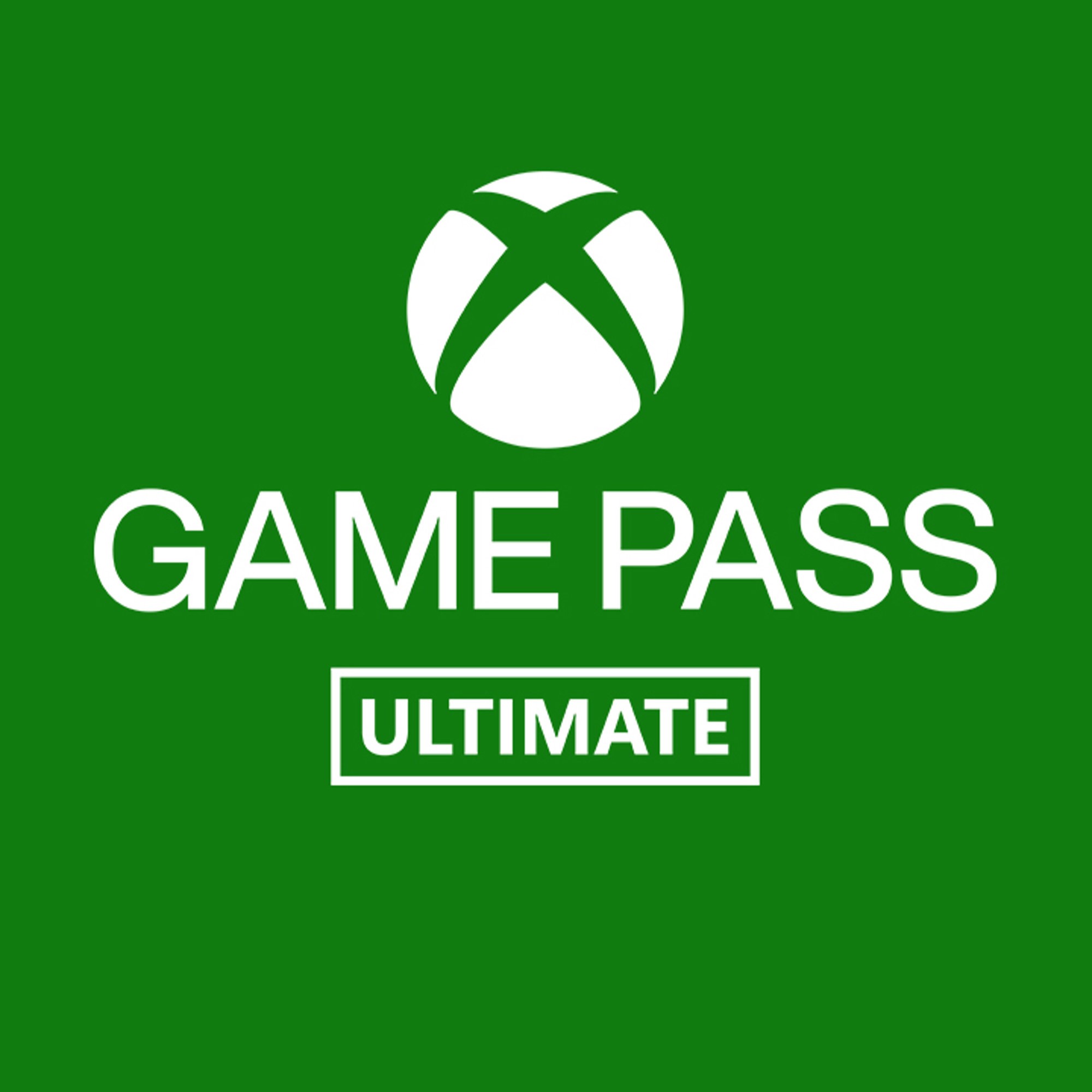
Xbox Cloud Gaming is a part of Xbox Game Pass Ultimate, and gives you access to hundreds of Xbox console games across smartphones, tablets, PCs, and even TVs via built-in controller support and touch controls.
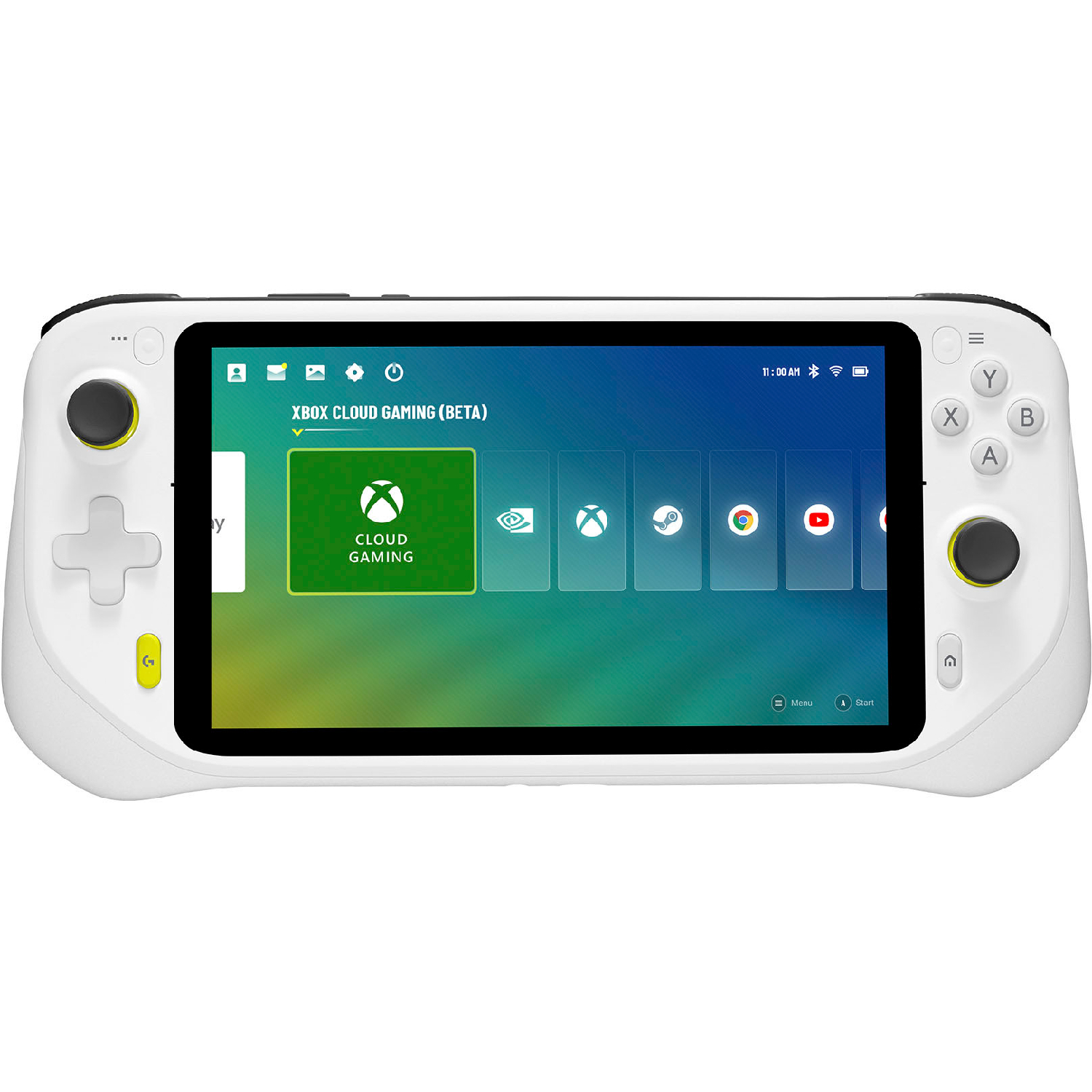
The Logitech G Cloud isn't perfect by any means, but it's also the device that sold me on the vision of Xbox Cloud Gaming, and is now one of my go-to choices whenever I'm in the mood for some video games.

Zachary Boddy (They / Them) is a Staff Writer for Windows Central, primarily focused on covering the latest news in tech and gaming, the best Xbox and PC games, and the most interesting Windows and Xbox hardware. They have been gaming and writing for most of their life starting with the original Xbox, and started out as a freelancer for Windows Central and its sister sites in 2019. Now a full-fledged Staff Writer, Zachary has expanded from only writing about all things Minecraft to covering practically everything on which Windows Central is an expert, especially when it comes to Microsoft.
